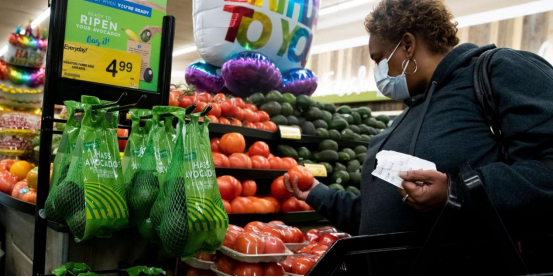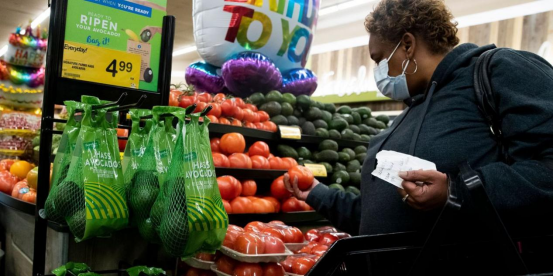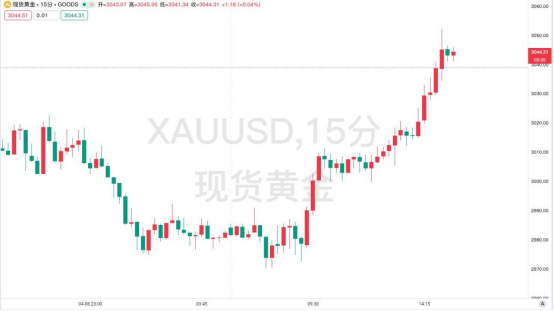Tariff storm sweeps across the United States: 70% of people are worried about skyrocketing prices, the two parties debate the economic costs, and the gold market welcomes a risk aversion trend
- 2025年4月11日
- Posted by: Macro Global Markets
- Category: News

Tariff storm sweeps across the United States: 70% of people are worried about skyrocketing prices, the two parties debate the economic costs, and the gold market welcomes a risk aversion trend
On April 9th local time, the US government officially implemented the "reciprocal tariff" policy, imposing tariffs of up to 104% on 57 trading partners including China, Mexico, and Vietnam. Combined with the 10% basic tax previously levied on all countries, the average tariff rate on US imported goods rose to 19.2%, the highest since the Great Depression of 1930. This policy triggered violent shocks in global markets. U.S. stock futures plunged 4.2%, the U.S. dollar index fell to 102.38, and the gold market showed extreme fluctuations of "sharp drops and sharp rises" in the game between risk aversion demand and liquidity crisis.

70% of the people warn of inflation: A joint poll by Reuters and Ipsos showed that 73% of American respondents believed that the new tariffs would lead to a sharp increase in the prices of daily consumer goods, and only 4% were optimistic. The U.S. Chamber of Commerce predicts that tariffs could cause prices to rise by 3.2% and the inflation rate to rise to 4.1%.
The pressure on companies to survive has increased dramatically: 72% of US imports are intermediate products, and the tax increase has caused an average increase of 8%-12% in manufacturing production costs. The technology industry was hit hardest, with the market value of Apple, Tesla and other "Seven Technology Sisters" evaporating by more than $700 billion in a single day, while lawmakers in agricultural states worried that agricultural product exports would be hit by retaliatory tariffs.
Two-party game: short-term pain and long-term interests
The Democrats strongly support "protectionism": Senate Finance Committee Chairman Chuck Grassley (Republican) and Democratic Congresswoman Maria Cantwell jointly proposed the "2025 Trade Review Act", requiring the president to report to Congress 48 hours before imposing tariffs and obtain approval within 60 days, otherwise the policy will automatically become invalid. The bill was supported by seven Republican senators, reflecting the party's concerns about "tariff chaos."
The rift within the Republican Party deepens: Trump made a tough statement, saying that tariffs are "necessary medicine" and threatened to use his veto power. But Kansas Senator Jerry Moran and other agricultural state lawmakers bluntly stated that voters are panicked by the "indiscriminate" tariff policy and are worried about the loss of agricultural product export markets.
Gold market: the struggle between safe-haven content and liquidity crisis
Short-term violent fluctuations: In the Asian session on April 9, spot gold fluctuated widely in the range of US$2969-3010. In the afternoon, it began to rise to around US$3035, an increase of 1.69%.

JPMorgan Chase raised the probability of a US recession to 60%, and the Peterson Institute for International Economics predicted that if tariffs continue, US GDP growth rate could fall by 0.9 percentage points in 2025. Former Treasury Secretary Lawrence Summers warned that tariffs could cause 2 million people to lose their jobs and cost each household an average of $5,000 a year.
The "double-edged sword" effect of tariff policy is reshaping the U.S. economy and the global market landscape: the public is worried about skyrocketing prices, companies are facing cost pressures, the two parties are caught in a political game of "short-term pain for long-term benefits", and the gold market is looking for direction in the tug-of-war between safe-haven content and liquidity crisis. Investors need to pay close attention to the Federal Reserve’s policy signals and the evolution of geopolitical risks, and seize structural opportunities amid volatility.
